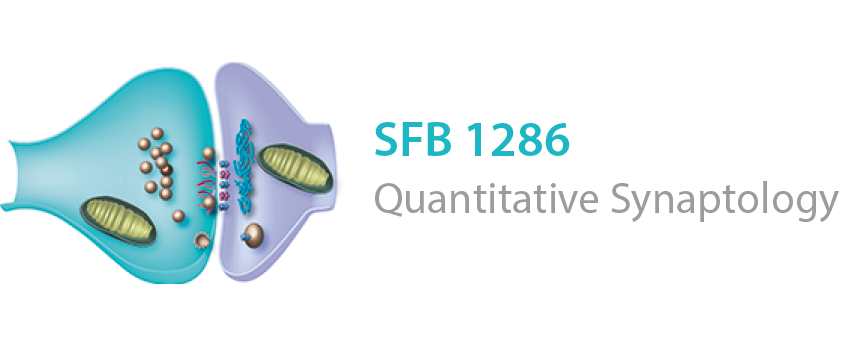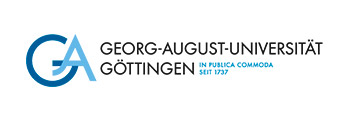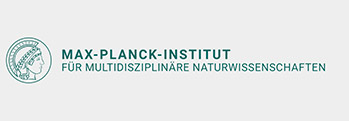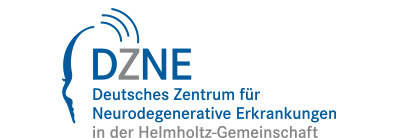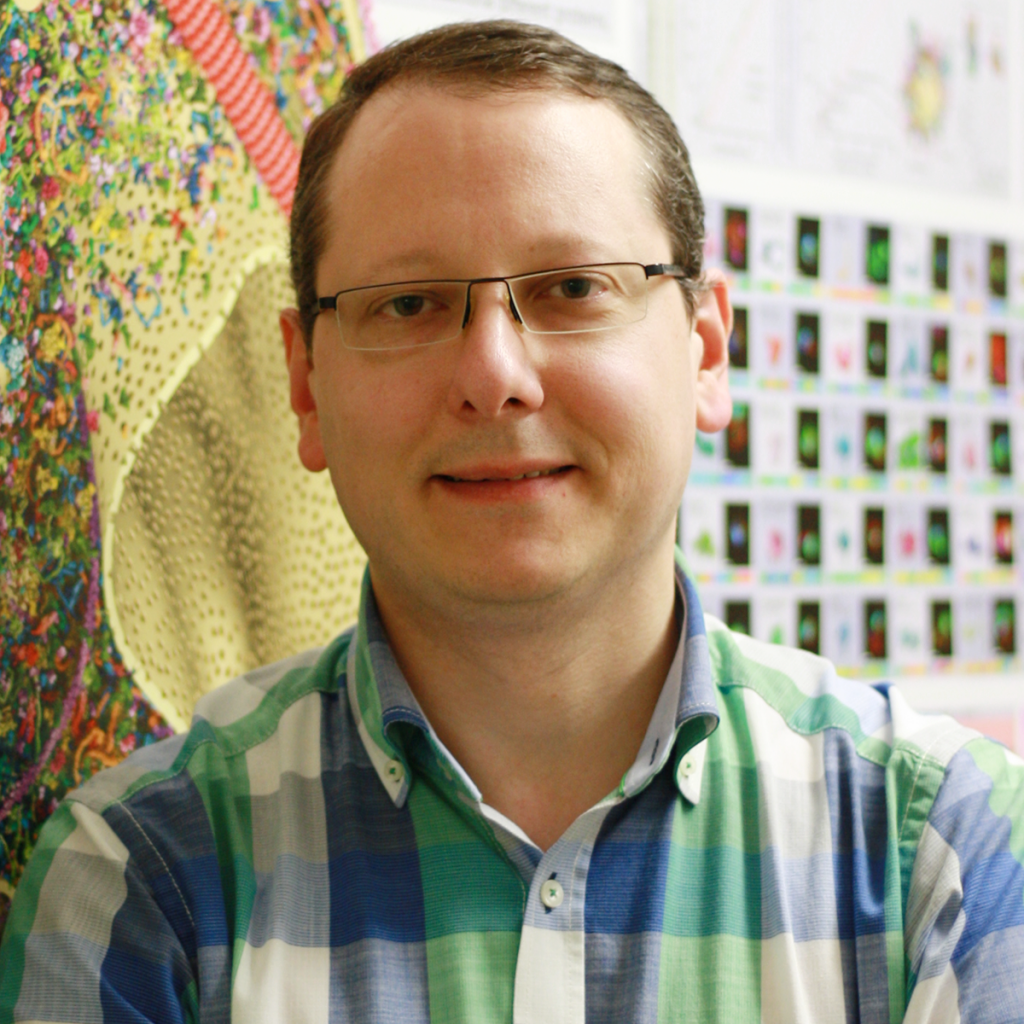CRC 1286 groups have an outstanding research environment, which relies on a broad range of technologies from the areas of biochemistry, bioinformatics, computational biology, biophysics, genetics, high- resolution imaging, proteomics, structural biology, and chemistry. We mention below several of the important elements present on campus.
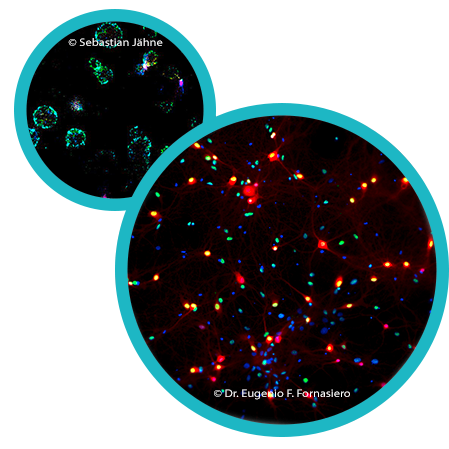
Research infrastructure
Some of the most critical developments in the quantitative understanding of the synapse owe substantially to rapid progress in precise imaging technologies. In this respect, this CRC builds on extensive infrastructure that has been built over the last decade by many institutions, ranging from the Excellence Initiative to measures promoted by the German Research Foundation (DFG), the German Ministry for Education and Research (BMBF), the Max Planck Society, and the State of Lower Saxony. Important infrastructure resources are, for example, the different imaging facilities. These include the facility of the Max Planck Institute for Bio- physical Chemistry, focused on super-resolution microscopy, which has been established within the frame of the DFG-supported Excellence Cluster for the Molecular Physiology of the Brain (CNMPB). Another important imaging facility is the one of the Max Planck Institute for Experimental Medicine, equipped with excellent electron microscopy devices, including an ion beam milling setup and a Thermo TALOS cryo S/TEM microscope. During the current funding period the UMG has built a Medical Bioimaging Unit at the Humboldtallee 23 site and which brings together microscopes specialized in different aspects, from super-resolution to multispectral imaging and live analyses.
In addition to these resources, the UMG opened in 2016 the Biostructural Imaging of Neurodegeneration (BIN) center, whose building was funded by the State of Lower Saxony, and which focuses on the visualization of neurologically-relevant proteins, especially in the super-resolution domain. The focus of the institute has been, from its initial conception in 2007, on fundamental neuronal and synaptic research, with a potential for translational research. This center is coupled to the DZNE Göttingen institute, in a strategy designed to enhance the translational aspect, since the DZNE is far more strongly focused on clinically-relevant research, especially on neurodegenerative diseases. Several microscopes have been installed in the BIN-DZNE building during the first funding period, including a STED-STORM microscope, which combines the advantages of coordinate- targeted super-resolution with those of single molecule-based super-resolution, and a nanoSIMS device, installed in 2018. This device is the only such resource dedicated to biomedical research in Germany, forming the German Biomedical NanoSIMS Center. Moreover, a powerful live-STED microscope through the BIN in 2018 was installed, and recently obtained funding for a MINFLUX microscope, which provides resolutions lower than 5 nm. This instrument will be located in the new Heart and Brain Research Center of the UMG, which is currently being built and expected to become operational during the second funding period.
During the first funding period, the MBExC cluster of excellence was funded by the German Excellence strategy. This cluster enabled to close the gap between super-resolution fluorescence microscopy and structural biology.
Proteomics and transcriptomics facilities are available at the two Max Planck Institutes and at the University Medical Center. The latter will be important for several projects in this CRC, through the development of new technologies that will be used in the second funding period, as complexome profiling, label-free quantitative proteomics, high-resolution crosslink analyses, and SUMOy-lation-site identification. This facility is integrated into the Göttingen Proteomics Forum, GPF), which represents a network of research groups in Göttingen with expertise and equipment for the mass spectrometric analysis of proteins. This forum allows groups from the Max Planck Institute for Biophysical Chemistry, the Max Planck Institute for Experimental Medicine, the Faculty of Biology and Psychology, and the University Medical Center to exchange on technical advances in the field, and to coordinate the use of equipment, techniques and data management platforms and procedures. The GPF is also instrumental to planning future infrastructure investments on the Göttingen Campus.
Finally, major computational resources are provided by the GWDG and the Max Planck Institute for Dynamics and Self-Organization, as well as by the newly-generated Campus Institute for Dynamics of Biological Networks.
Additional clarification: the CRC does not plan any animal experiments. Experiments using neurons or synaptosomes obtained from animals are planned in individual projects, but they typically do not classify as animal experiments, but rather as “experiments using animal tissues”.
Participating institutions
Contact
Do you have some questions or do you want to support our project?
Please get in touch with our contact person.
Prof. Dr. Silvio O. Rizzoli (Speaker)
Universitätsmedizin Göttingen
Neuro- und Sinnesphysiologie
Humboldtallee 23
D-37073 Göttingen
Phone: +49 551 39 5911
Fax: +49 551 39 66031
Mail: srizzol@gwdg.de
Christin Wiemuth (Coordination)
Universitätsmedizin Göttingen
Neuro- und Sinnesphysiologie
Humboldtallee 23
D-37073 Göttingen
Phone: +49 551 39 9845
Fax: +49 551 39 66031
Mail: christin.wiemuth@med.uni-goettingen.de
Links
Here are some links to rely on external partner websites.
External Links
Here are some links to rely on external partner websites.
